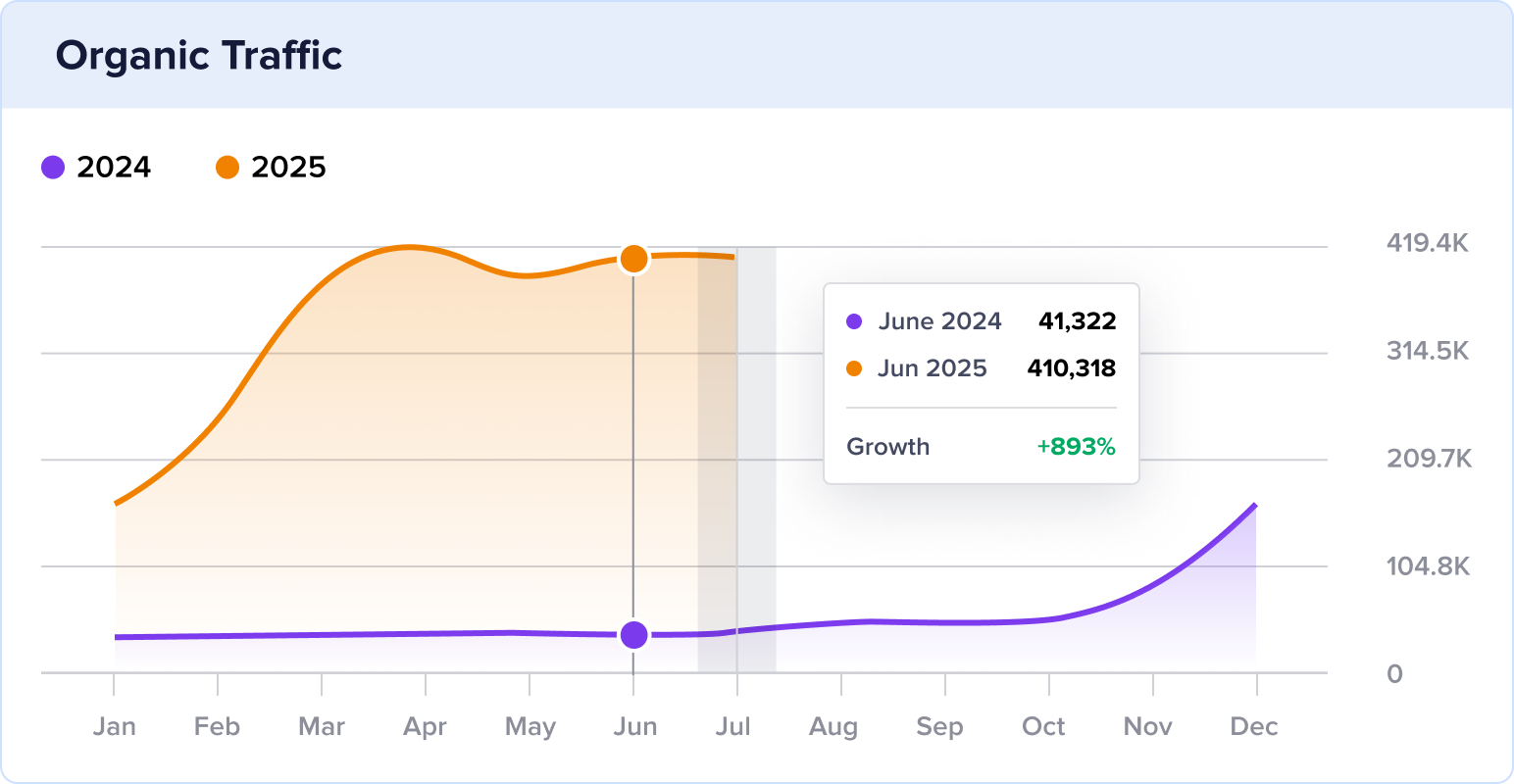How an Asian-American Food Blog Grew Traffic by 6,351% YoY
https://cjeatsrecipes.com/
Stats
19.8K to 1.3M Monthly Visits
Industry
Food & Drink
Niche
Food Blog
Reporting Date
May 2024
CJ Eats is a namesake food blog by LA-based Chris Joe.
As a third-generation Chinese American, CJ enjoys developing and sharing recipes inspired by his cultural roots.
He started CJ Eats in 2021, but 2024 has unlocked an entirely new level of online visibility.
In just 1 year, organic traffic skyrocketed from 19.8K monthly visits to an incredible 1.3 MILLION.
(Had CJ acquired this same amount of traffic through paid campaigns, it would have cost him a whopping $304.4K.)

In this SEO case study, you'll learn the specific strategies behind CJ Eat's remarkable growth.
You'll also get tools, tutorials, and tips for making these strategies work for you.
In This Article
The Catalyst: How CJ Eats Reached 1.3M Monthly Visits
1. Schema Markup Success: Rich Results for Greater Visibility
Schema markup is a technical SEO strategy that adds structured data to your website's code.
It provides additional context and meaning to a web page in a way that's easy for search engines to understand.
Search engines can then use this information to categorize your content and generate rich snippets in search results.
Rich snippets are enhanced search listings that display additional information right on the SERP.
For food blogs like CJ Eats, recipe snippets are the most common and valuable type of rich result.
Here’s what one looks like in search results:

In the screenshot above, users get immediate access to helpful information. This includes a 5-star rating, a 10-minute cook time, and an image of the finished product.
These are all attributes set in the recipe schema markup.
CJ Eats uses a lot of schema markup on its website.
From recipes and how-to steps to author (person schema) and images, each component gives search engines data points it can understand and display in search results.
It’s also helping CJ Eats rank in the recipe carousel, which is prime real estate for food bloggers.

Overall, these optimizations have been pivotal in CJ Eats recent organic success.
Recipe snippets have skyrocketed to 19K.

And reviews are up to 101.9K. (CJ Eats uses AggregateRating and review schema markup.)
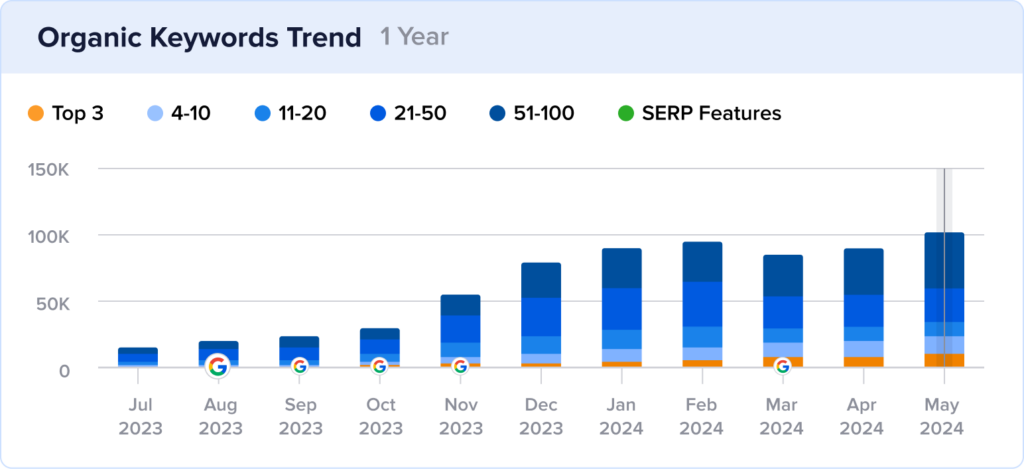
These results show just how powerful schema markup can be for transforming your search results and, ultimately, your organic traffic.
Why this matters:
Rich snippets are like eye-catching billboards in search results. They grab user attention with visuals (like recipe photos), key details (like ingredients), and enticing descriptions.
This translates to the following advantages:
- Higher Clickthrough Rates (CTR): Schema markup makes your listings stand out, leading users to click on your content over others.
- Improved User Experience: Users get valuable information at a glance, which can lead to higher satisfaction.
- Enhanced Brand Awareness: Rich snippets showcase your brand logo and recipe titles prominently, increasing brand recognition in search results.
How to implement schema markup:
Ready to add schema markup to your website?
Here's a simplified breakdown of the process:
- Install a schema generator plugin. A WordPress schema plugin streamlines adding schema markup to your site. If you’re a food blogger, choose one that offers recipe schema functionality like All in One SEO (AIOSEO) rich snippet schema.
- Activate recipe schema. Once installed, find the schema settings and activate the recipe schema option.
- Fill in your recipe details. AIOSEO provides a dedicated section for entering specific details about your recipes. This may include ingredients, cooking times, and nutritional information.
- Save and publish. Once you've entered your recipe data, save your changes and publish your recipe.
Don’t want to use a WordPress plugin? This article shows you how to add schema markup manually.
Tools for rich snippet schema:
The AIOSEO Schema Generator is the easiest way to add schema markup to your website. It’s as simple as picking from a catalog; just locate Recipe and click the + button.

Then, you’ll get user-friendly fields for all your recipe information.
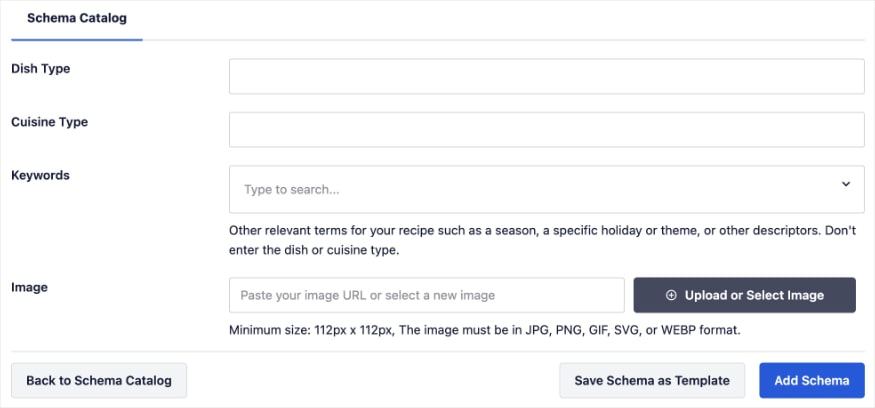
AIOSEO will format and implement the schema markup for you.
Next, let’s look at how CJ optimizes his page titles to get more clicks.
2. Compelling Titles: Keywords + Clicks
When users perform a search, they’ll get a list of relevant results. The title of each result is the first element users see, and it plays a crucial role in their decision-making process.
An optimized SEO title not only includes the keywords users are searching for but also compels them to click on your link over others.
CJ excels at writing impactful titles that win over users.
Let’s look at a few examples and explore what users get from them.
First, we’re drawn in by capitalized letters and the power word “BEST.” We also know that we can make this recipe at home, and there’s a video that will show us how.

Next, CJ claims “Restaurant Quality,” which could be enticing for someone looking to improve their home cooking skills.

Finally, in this last example, CJ describes the texture and appeals to the ease of the recipe.
As someone who appreciates both of these qualities, I would click.

Notice how all three feature “(VIDEO)” at the end, too. This is somewhat of a CJ Eats signature since he puts videos in all his recipes.
Overall, these examples demonstrate the power of crafting compelling titles that go beyond keywords.
By strategically incorporating user-centric elements and a touch of intrigue, CJ entices users to click and explore his recipes.
Why this matters:
Relevant keywords are essential in your title because they help search engines understand the content of your web page. Then, when your title aligns with a search query, you may be considered more relevant and rank higher in search results.
But keywords are only as good as your ability to get users to click.
Certain elements in your titles can make a big difference in attracting users' attention and encouraging them to visit your website. These elements can include numbers, questions, intriguing statements, or power words that evoke curiosity or emotions.
By incorporating these elements, you create a sense of urgency or a desire to find out more, ultimately driving more clicks to your website.
How to optimize your SEO titles:
This tutorial shows you how to write killer SEO titles, but here’s a quick recap of 3 key points:
- Be specific. Your title should accurately reflect your page and give users a preview of what’s to come. This will create a positive user experience and reduce your bounce rate.
- Frontload your keywords. Putting keywords at the front of your titles will grab users’ attention as they scroll the SERP.
- Write for users first. Think of what unique value you can bring to your users and communicate it in your title.
If you’re a blogger like CJ, you can also check out this article on writing blog titles.
Tools for effective SEO titles:
AIOSEO has two powerful tools for optimizing your titles:
- The Headline Analyzer is easy to use and gives you a score for your post or page title. But it doesn’t stop there—you’ll also get actionable insights on how to improve it.
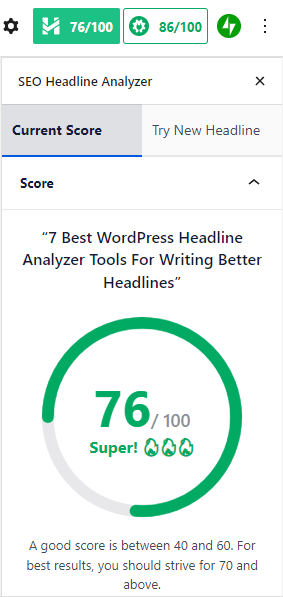
Note: Don’t have WordPress? AIOSEO also has a free headline analyzer anyone can use.
2. The SEO Title Tag Generator leverages AI to write unique, compelling titles for you. Just navigate to Post Title in the WordPress editor and click the Robot button. You’ll get a list of creative and click-worthy titles in seconds.

Next, let’s look at some off-page SEO strategies CJ uses to build his brand.
3. Social Media Powerhouse: Building Brand Awareness
According to his About page, CJ started filming videos for social media in 2021. This was the same year he launched CJ Eats.
Since then, CJ has amassed a massive following on the most popular social media platforms.
He has over 1M followers on both TikTok and Instagram.
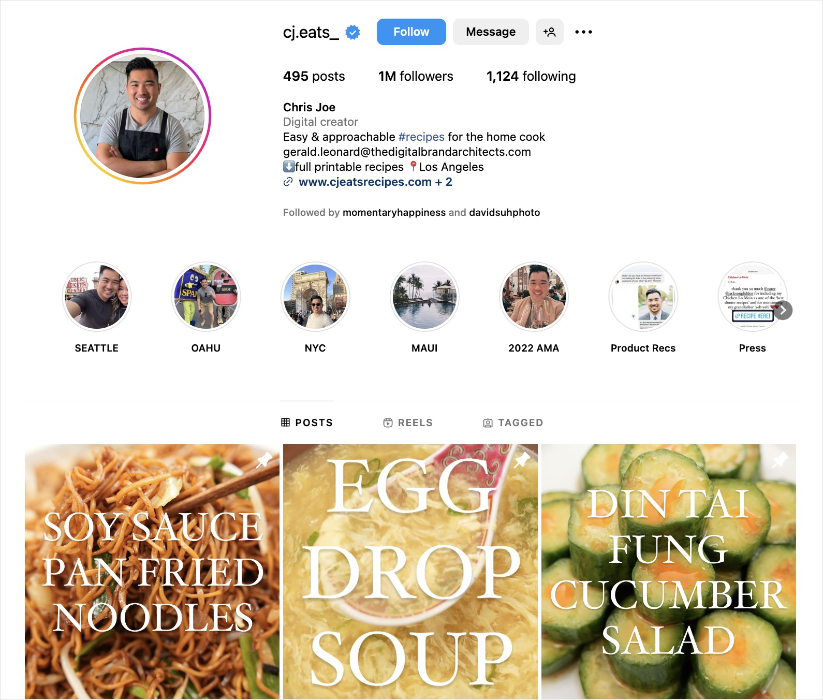
All his posts are videos, making cooking an entertaining and engaging experience.
CJ is also active on Pinterest, Facebook, and YouTube.
Each channel links to the CJ Eats blog, creating a holistic online presence that reaches his target audience on all their favorite platforms.
Why this matters:
Social media can be a powerful tool for growing your business and brand awareness.
Here are some of the greatest benefits of leveraging it:
- Better Brand Awareness: Social media allows you to extend your reach beyond your website. You can showcase your brand personality, connect with potential customers, and build recognition.
- Stronger Engagement: You can cultivate genuine relationships and customer loyalty via social media. Respond to comments, questions, and messages to foster a community that keeps users coming back for more.
- Targeted Traffic: If you run paid campaigns, social media can help you reach the right audience. Social media ads allow you to target specific demographics and interests, attracting users already interested in your offerings.
- More Traffic for Your Site: When you link to your website from your social platforms, you give users easy access to your site. This can drive valuable traffic to your website and reach a wider audience.
How to integrate social media into your website:
This guide shows you how to integrate social media into your website.
Here are the main actions to take:
- Connect your social media profiles to your website.
- Enable Facebook thumbnails to boost engagement when sharing posts.
- Use Twitter cards to drive more referral traffic.
- Embed a social review widget to showcase positive customer reviews.
- Add YouTube video testimonials to your content.
Tools for social media:
With the AIOSEO social media integration, you can connect all your favorite social accounts to your website.
Choose from 11 different networks, set attention-grabbing thumbnail images, and start sharing away.
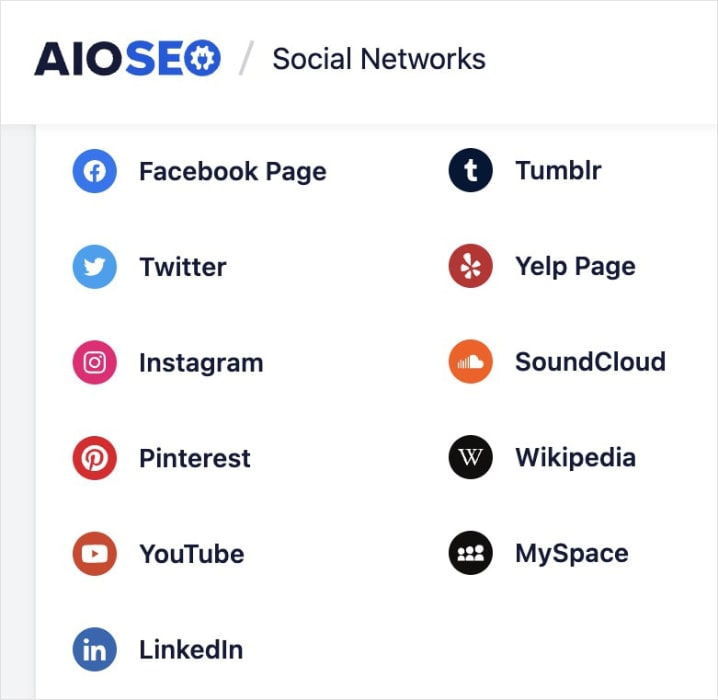
Now, let’s look at the final strategy CJ uses to build authority.
4. Backlink Authority: Building Trust Through Links
Social media isn't the only avenue for building brand awareness and driving traffic to your website.
In the world of SEO, another crucial factor comes into play: backlinks.
These are links from other websites pointing back to yours, acting like endorsements for your content. And the more, the better.
But quality matters.
You’ll want to aim for high-quality backlinks from credible sources to build your domain authority and ranking potential.
CJ Eats understood this concept and is reaping the benefits of his linking efforts in May 2024.
Backlinks are at an all-time high of 29.5K.
Why this matters:
According to SEO statistics, backlinks are among the top 3 ranking factors in 2024.
They signal to search engines the quality of your website’s content. The more high-quality websites that link to yours, the more trustworthy and authoritative your content appears to search engines.
This translates to better rankings in search results, increased organic traffic, and a wider audience for your website.
How to do link building:
Backlinking is one link-building component, but you should optimize for various links for maximum exposure.
This article covers all link types and how to get them: Ultimate Link Building Guide.
I’ll share just a few of the highlights here:
- Optimize for all three types of links: internal, outbound, and backlinks.
- Identify your most important pages and build relevant content around them.
- Include outbound external links when they’re helpful to your audience.
- Develop link magnets to round out your content strategy.
- Use automation tools to streamline linking.
Tools for link building:
Link building can be time-consuming and repetitive.
But with Link Assistant, it's fast and effortless.
Link Assistant automates your internal linking strategy by suggesting relevant links within the WordPress editor. See one you want to add? Just click Add Link.
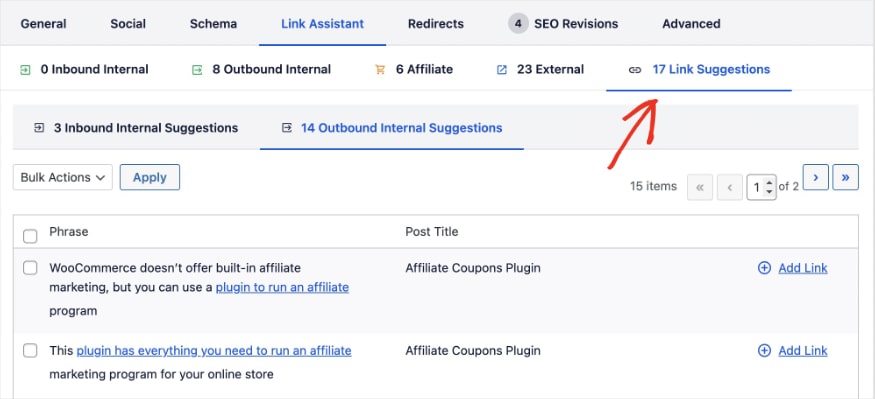
Standout SEO Wins
Before wrapping up, I’d like to point out one additional technique CJ uses to engage his audience.
Video SEO: Captivating Audiences and Boosting Visibility
In addition to his social media prowess, CJ utilizes video SEO as a powerful technique to engage his audience and enhance visibility.
By incorporating video content into his marketing strategy, CJ effectively captures the attention of his followers and improves his website rankings.
Here are some video SEO best practices used by CJ:
- Embeds a high-quality video into each blog post
- Uses a descriptive and SEO-friendly video title
- Implements video schema markup
- Includes a thumbnail URL for each video
Tool: Video SEO sitemaps notify Google when you’ve added new video content to your site. This helps it get crawled and indexed faster. And what’s even better is that AIOSEO generates these sitemaps automatically, meaning you don’t have to do anything except enable them.
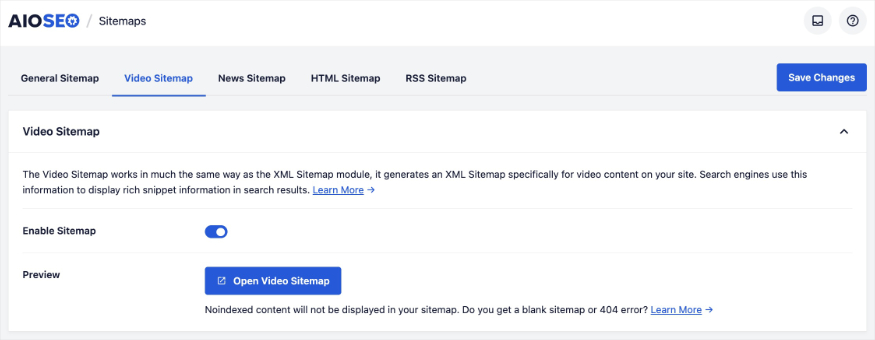
You can also add video schema markup using the Schema Generator we discussed in the first strategy.
Takeaways
In our analysis of CJ Eats' meteoric rise, we've uncovered valuable SEO strategies that website owners across industries can leverage.
Here's a roadmap to transform these insights into actionable steps for your website:
Top 3 Strategies to Emulate
- Speak the language of search engines: structured data. Optimize your website with schema markup to share details about your content that are easy for search engines to understand. Schema markup is a type of structured data that search engines use to categorize your content and generate rich snippets.
- Write magnetic titles that attract clicks. Don't settle for generic headlines. Instead, craft SEO titles that are informative and keyword-rich while sparking user interest. This approach helps search engines understand your content and entices users with compelling content.
- Become a social media powerhouse. Leverage the power of social media to drive traffic and brand awareness. Identify the platforms your target audience frequents and develop a consistent content strategy tailored to each one. Utilize high-quality visuals, engaging captions, and calls to action to spark engagement and drive users to your website.
Bottom 3 Strategies to Reconsider
- Neglecting to include meta descriptions on collection pages. Even though CJ Eats includes meta descriptions for most pages, they overlook their collection pages. This is a missed opportunity because these pages could capture traffic for unique ranking opportunities. You should have a meta description for every indexable page of your site. You can even use a meta description generator to write them for you.
- Exceeding meta title character limits. Search engines truncate titles that exceed character limits. Ensure your meta titles are concise and informative, ideally under 60 characters. You can run your SEO titles through a SERP snippet tool to make sure they fit before publishing.
- Forgetting image alt text. Overall, CJ does an excellent job optimizing his images. However, it’s easy for details to slip through the cracks when you’re a busy business owner and content creator. Some images are missing alt text, which is a beneficial element for users and search engines. You can use an image SEO tool to automatically generate image alt text for your site.
Steal Our Winning SEO Strategy: A Checklist for Your Website
Download A Free SEO Checklist
Access our comprehensive SEO Checklist with a single click. We'll deliver it straight to you, putting actionable items with SEO tools and tutorials right at your fingertips.
Enter your name and email to download a free SEO checklist.
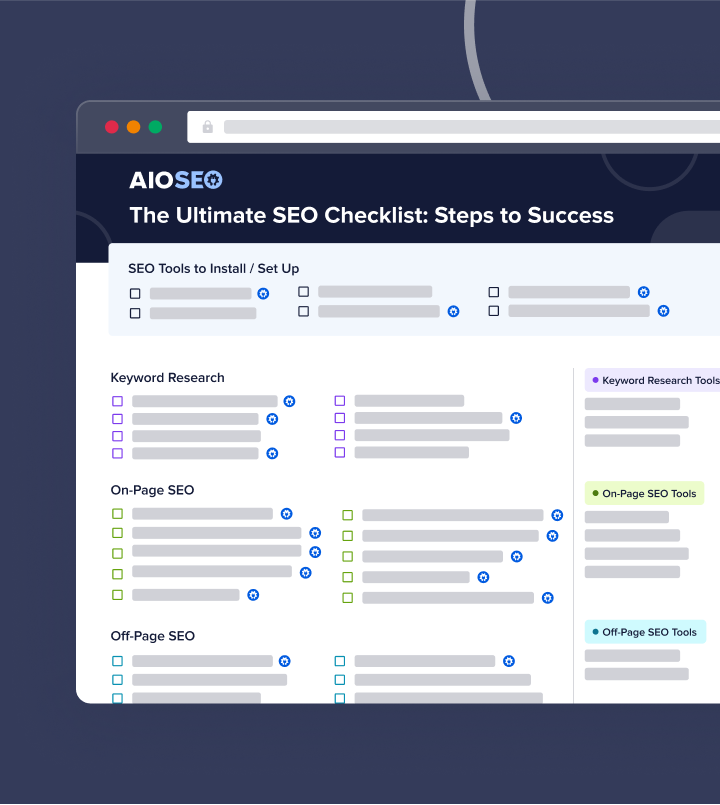
Build Your Brand Awareness and Rank Higher With AIOSEO
Do you want to replicate CJ Eats’ organic growth on your website?
AIOSEO, the leading SEO plugin for WordPress, can help you do just that.
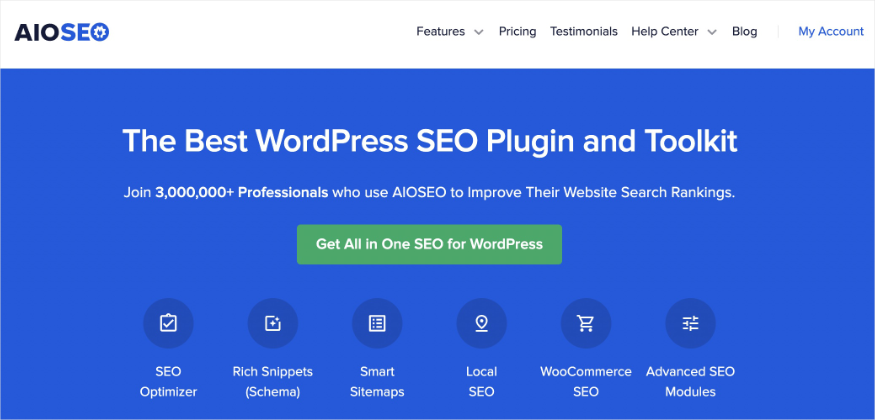
AIOSEO empowers over 3 million website owners with user-friendly tools that deliver powerful results. Forget the endless hours of optimization—AIOSEO simplifies the process, transforming you into an SEO pro. Plus, they’re beginner-friendly, making higher rankings accessible to those with busy schedules and growing businesses.
Here are some of our most popular tools:
- Rich Snippets Schema: Win more rich results with AIOSEO’s user-friendly schema generator. Just pick the schema type you want, and we’ll format the structured data properly for Google.
- Headline Analyzer: Get more clicks with compelling and keyword-rich headlines. This innovative tool uses various factors to determine the efficacy of your headline. Plus, you'll get actionable insights to improve it.
- AI Title & Description Generator: Save time writing metadata for your site. With the click of a button, you’ll harness the power of AI and get options for unique meta titles and descriptions.
- Social Media Integration: Seamlessly connect your favorite social media platforms to your site and share content with your audience. Available integrations include Facebook, Instagram, Twitter, LinkedIn, Pinterest, YouTube, and more.
- Link Assistant: Apply internal linking best practices with easy linking suggestions and reports. These tools will help boost content discovery and prevent orphan pages.
- Video Sitemaps: Help search engines understand your video content with a video SEO sitemap. This makes it easier for search engines to crawl and index your videos. It can also earn you rich results in Google’s video carousel.

